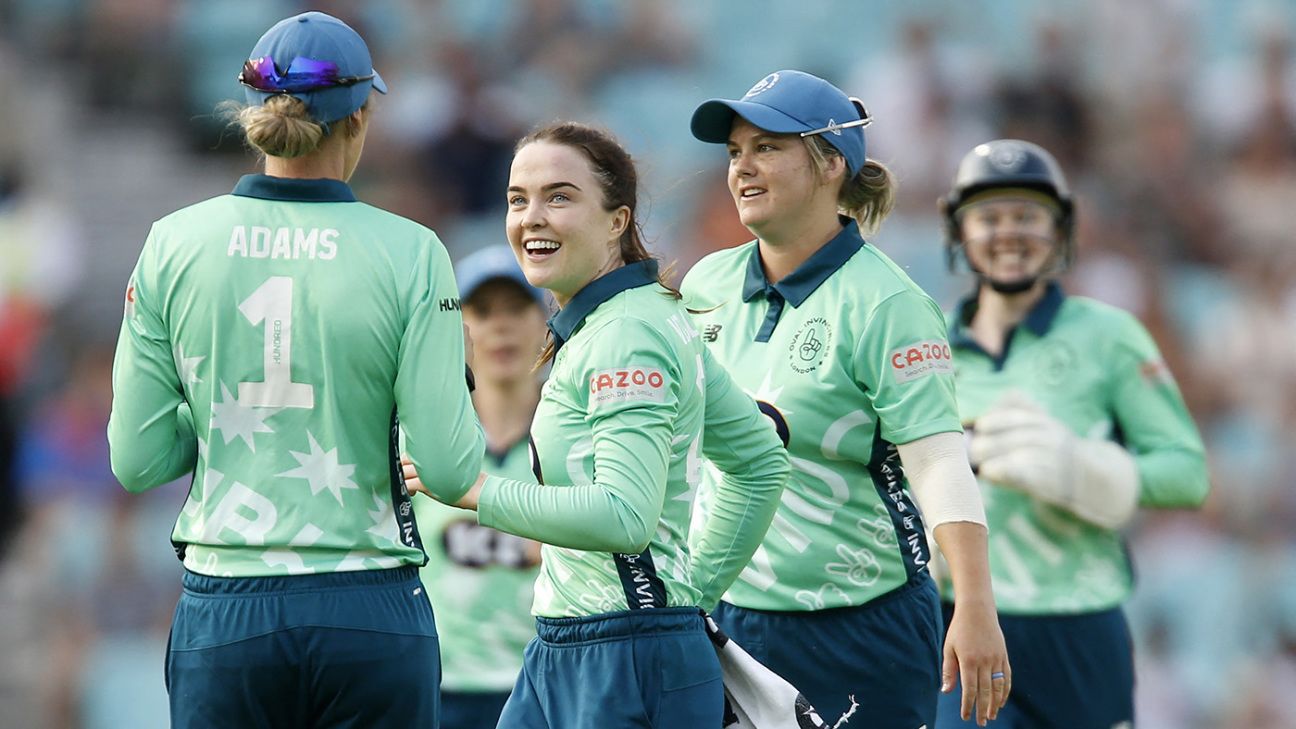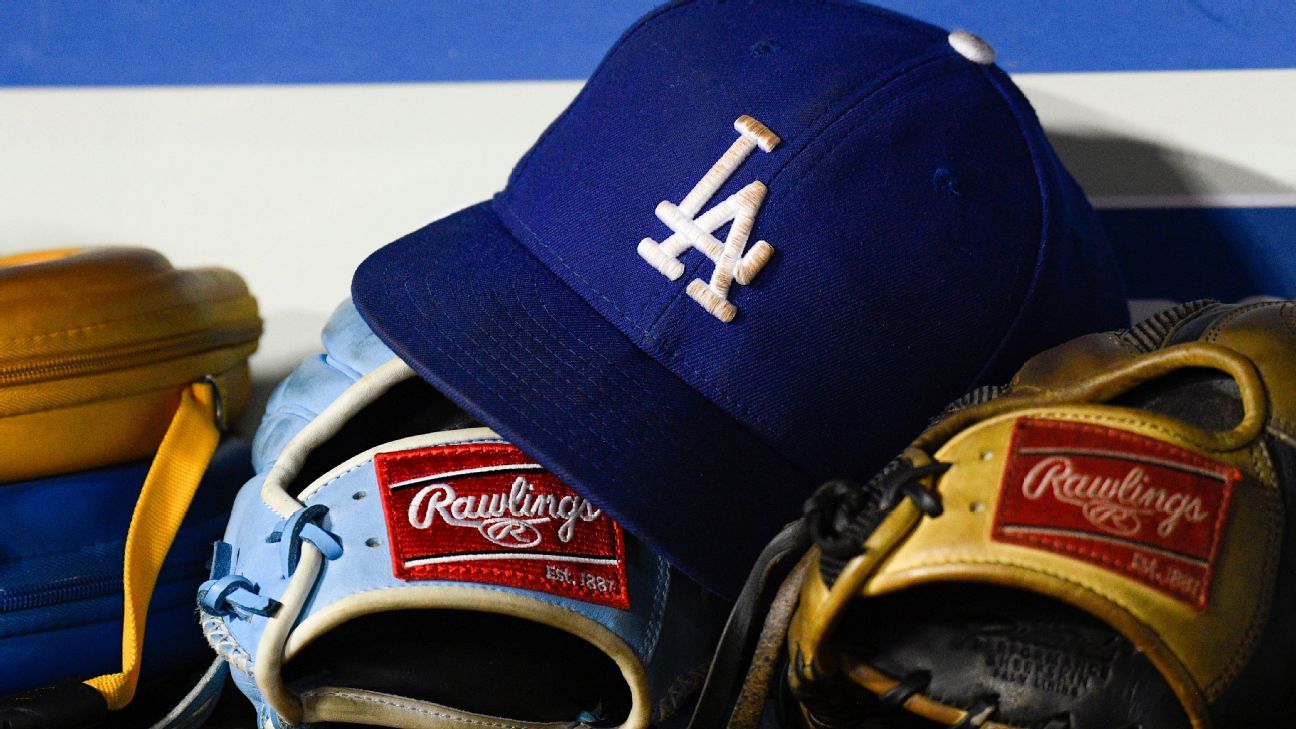
This should offset the no-ball penalty. Fifty-three no-balls were bowled in 60 matches in last year's IPL. So let's assume there is one no-ball bowled every match. Adding that extra run is not that big a punishment, but a shorter Powerplay is a huge incentive. The Powerplay in the Hundred is only 25% of the innings as against 30% in old-school T20 cricket. That's one over fewer in a normal T20.
Imagine MS Dhoni being allowed to bowl Deepak Chahar's quota out in the Powerplay (no disrespect to Chahar's emergence as a decent death bowler too). Or if for a certain match, Rohit Sharma could keep all of Jasprit Bumrah's deliveries for the death. They could if they were captaining in the Hundred.
Fives, as the umpire calls in the Hundred. Batters say they try to hit the first ball of a new over big to put the bowler under the pressure, but you also hear so often how a bowler has failed to get out of an over. The longer an over is, the more a batter gets a chance to line the bowler up. Perhaps in Test cricket you want it to be longer to set a batter up, but mostly in T20s, you are trying to get out of it without significant damage. The fewer the balls to constitute a mandatory set, the easier for a defensive bowler to get out of it without late damage.
A team is seven or eight down. A tailender is batting with a specialist batter. Seven balls to go, the tailender on strike, and you often hear commentators say this is basically a free hit. If you connect, great; if you don't, at least the specialist batter is on strike for the last over.
Oh, so what if they sky one up and cross? Nope. Unlike in all other cricket, if a batter is out caught, it doesn't matter if the batters in the middle crossed over. The new batter will be on strike. It might not sound as much to you, but ask a bowler who has forced or coaxed a batter to hit to his deep fielder but doesn't get the luxury of bowling a new batter next ball because they crossed while the ball was in the air.
For wides, the umpires have been instructed to "apply a very strict and consistent interpretation of this Law". The umpires hopefully will continue to use their discretion to allow wide yorkers, especially to batters who move around in the crease. Also it does defeat the purpose a little bit: the more the number of wides, the longer the match goes on.
Sidharth Monga is an assistant editor at ESPNcricinfo















 Phone: (800) 737. 6040
Phone: (800) 737. 6040 Fax: (800) 825 5558
Fax: (800) 825 5558 Website:
Website:  Email:
Email: 






